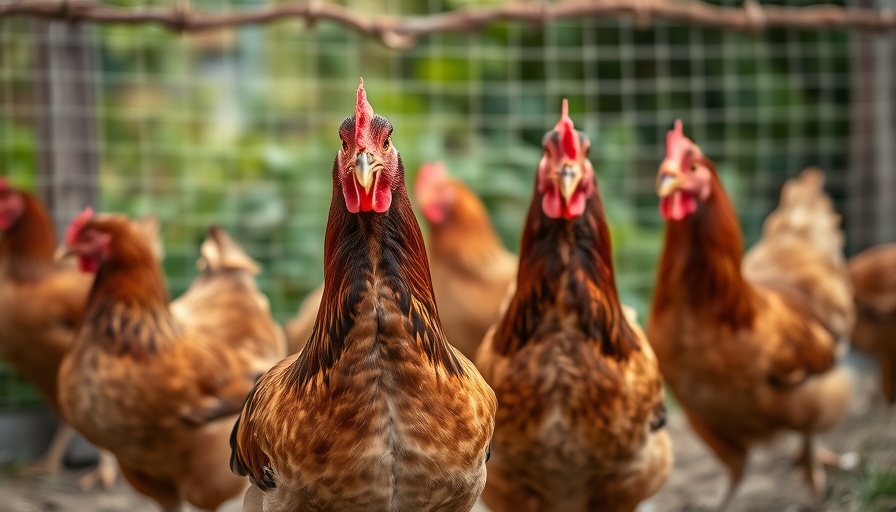
CDC Shifts Strategy Amid Declining Bird Flu Cases
The U.S. Centers for Disease Control and Prevention (CDC) has concluded its emergency response to the H5N1 bird flu as infections among animals wane and no new human cases have been reported since February. This shift marks the deactivation of an emergency protocol initially activated on April 4, 2024, aimed at increasing testing, surveillance, and communication during outbreaks.
Ongoing Surveillance Measures in Place
While the emergency response has ended as of July 2, the CDC emphasizes that monitoring efforts will still occur under its influenza division. Monthly reports will now track the number of individuals tested for bird flu without the routine updates on animal infection rates.
The Landscape of Bird Flu Infections
Despite its conclusion, the risk posed by H5N1 bird flu has not disappeared. Over the past year, the virus has reportedly infected 70 people, predominantly farm workers, and claimed one life. Experts warn that ongoing animal infections could potentially lead to strains more transmissible to humans, necessitating careful vigilance.
Challenges Facing Public Health Response
This year has seen significant challenges within the public health response framework due to staffing shortages at the U.S. Department of Agriculture and the cancellation of a vital contract for developing a bird flu vaccine with Moderna, valued at over $700 million. These disruptors emphasize the complexities of managing public health emergencies and the importance of robust frameworks to respond to varied health crises.
Understanding the Future of H5N1 Monitoring
Even with the current declaration of low public health risks, the continuation of surveillance is essential to preempt potential outbreaks. The CDC is prepared to ramp up operations should the situation necessitate further intervention. This adaptable approach not only secures public health but also prepares communities to respond swiftly to emerging threats.
In light of this new understanding of bird flu management, it’s crucial for individuals, especially those working in farming and related industries, to stay informed and vigilant. The lessons learned from H5N1 emphasize the need for preparedness and responsive public health strategies. Keeping abreast of ongoing updates from the CDC can provide essential insights for personal and community health.
 Add Row
Add Row  Add
Add 




Write A Comment